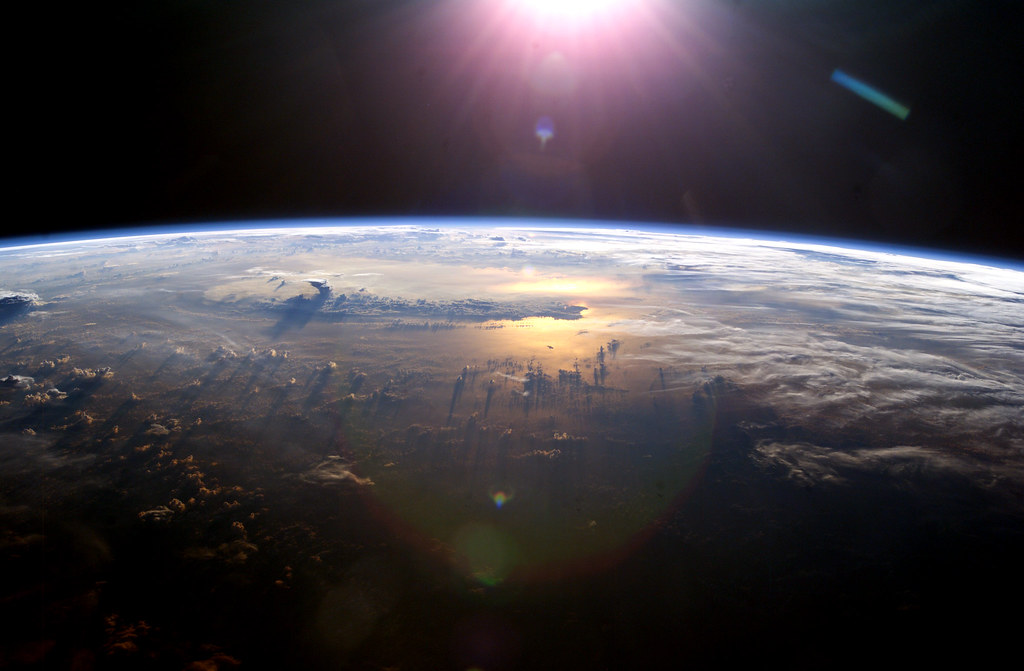NASA wants your ideas for handling waste on future Mars missions

- Country:
- United States
NASA is seeking input from the public to help develop new and innovative ideas for waste management during upcoming Mars missions. The U.S. space agency's latest challenge calls on the global community to develop an ash removal process for a trash-to-gas reactor that helps space travel be more sustainable.
Dubbed "Trash-to-Gas Ash Management Challenge", it seeks design concepts for an effective method of removing the ash from a full-scale Trash-to-Gas reactor in microgravity for later use or disposal. The challenge will help support the development of a sustainable Trash-to-Gas approach that uses a thermal degradation process to convert waste items into a gas that the crew could either reuse onboard or dispose of via gas venting overboard the spacecraft.
The submission deadline for the Trash-to-Gas Ash Management Challenge is May 12, 2022, and the top three ideas will share a prize purse of USD30,000.
In January 2022, NASA launched the "Waste to Base Materials Challenge: Sustainable Reprocessing in Space" that seeks ideas to convert waste into useful resources, like propellant or raw materials for 3D printing, followed by the Waste Jettison Mechanism Challenge in February 2022 which seeks concepts from the public for ways to safely eject materials from a crewed spacecraft.
Crowdsourcing platform HeroX administers all three challenges for NASA.
"Missions to Mars and back are expected to take two to three years. During these long trips, astronauts will generate a lot of waste, and unlike our crews aboard the International Space Station, they will not have the benefit of on-demand resupply missions to deliver supplies or remove trash. Some waste products may be repurposed into useful materials, or turned into a gas which the crew could either use or vent into space, while others will need to be safely jettisoned, or ejected from the spacecraft," NASA wrote in a blog post earlier this week.
HELP WANTED ♻️ We're seeking ideas on how to handle and reuse waste on future human missions to Mars. Have a suggestion? Check out our latest set of challenges for a chance to win cash prizes and collaborate with @NASA in developing solutions: https://t.co/R7B6YEPa7F pic.twitter.com/lb0g3ZJbkU
— NASA's Kennedy Space Center (@NASAKennedy) March 5, 2022










